- Home
- TV History
- Network Studios History
- Cameras
- Archives
- Viewseum
- About / Comments
Skip to content
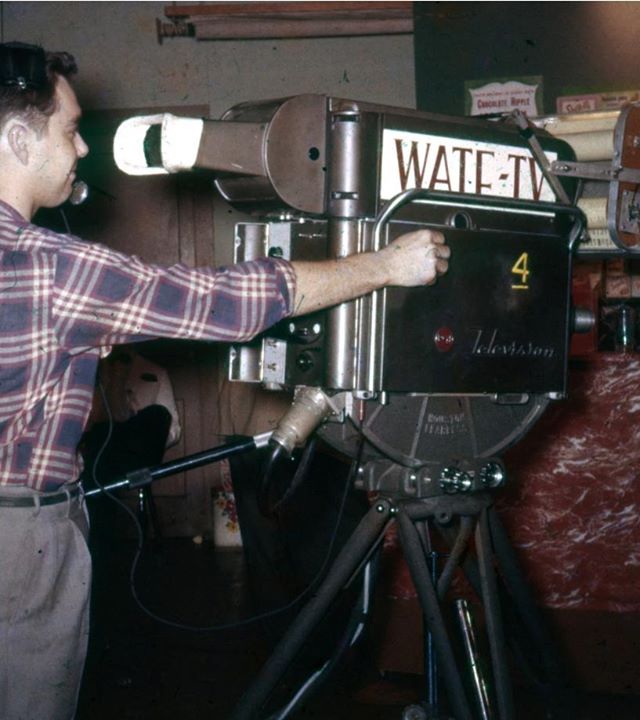

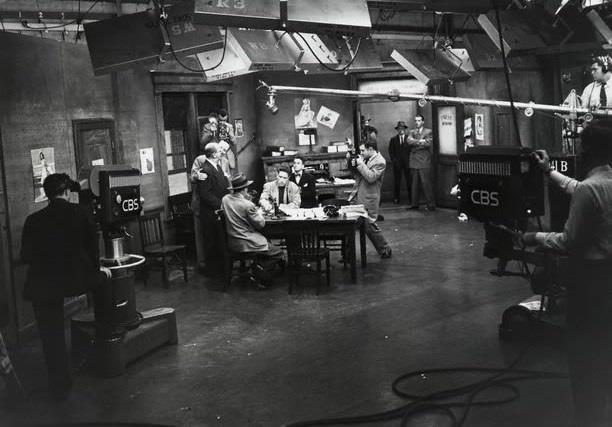

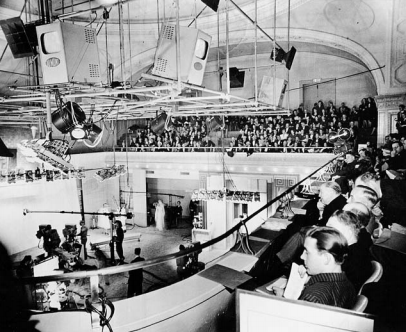

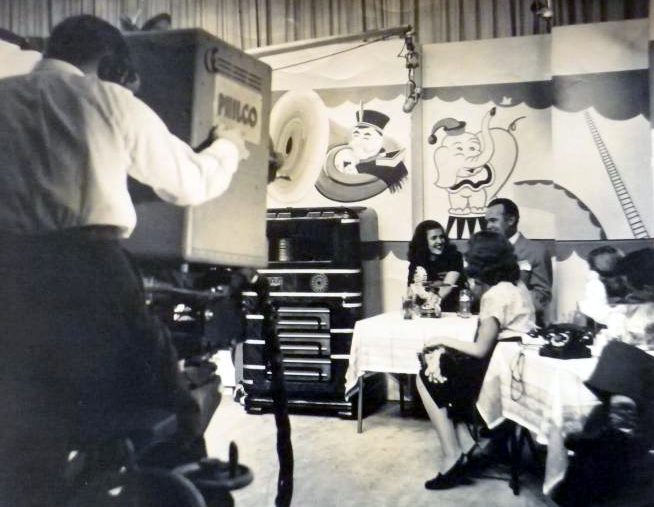

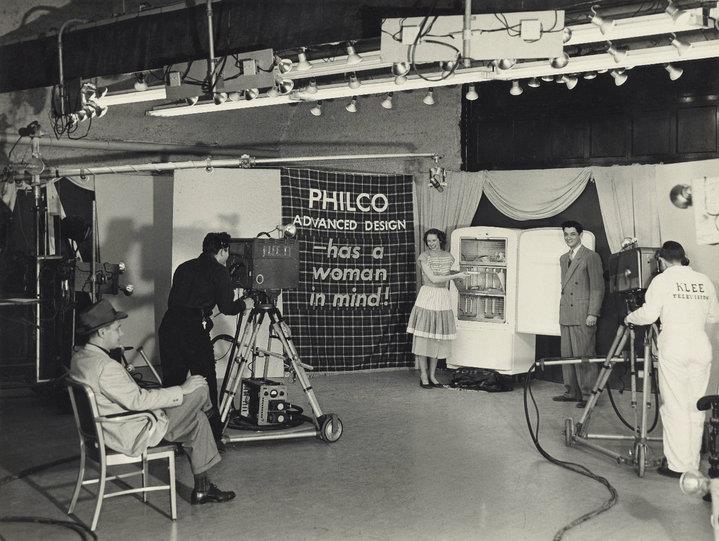

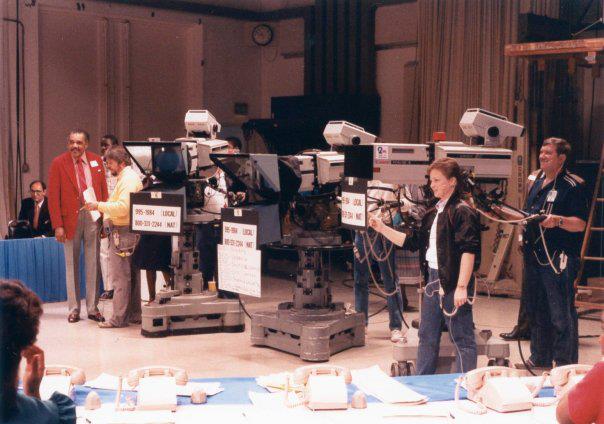





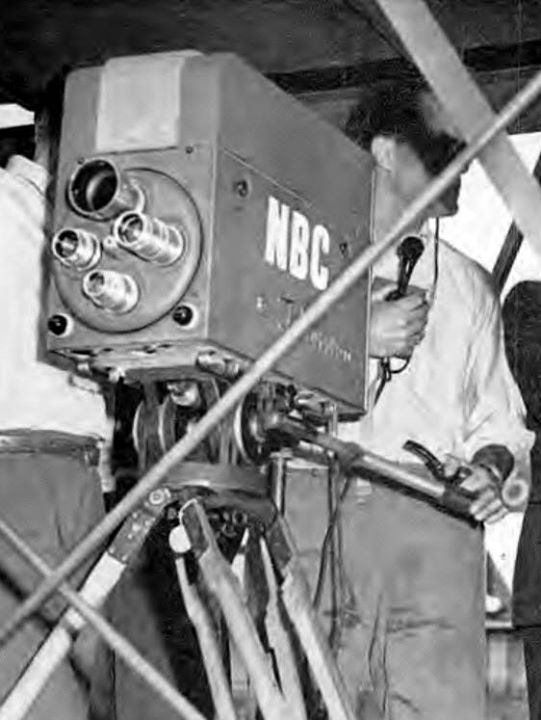

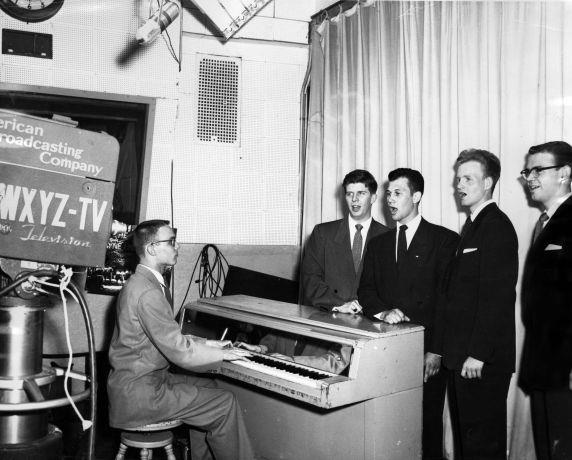

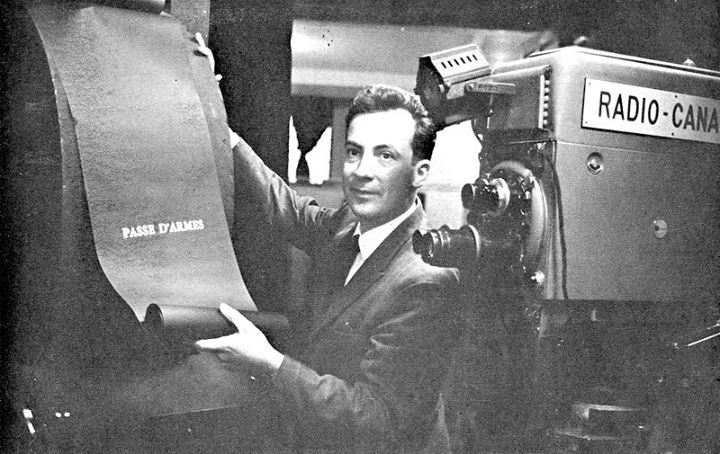

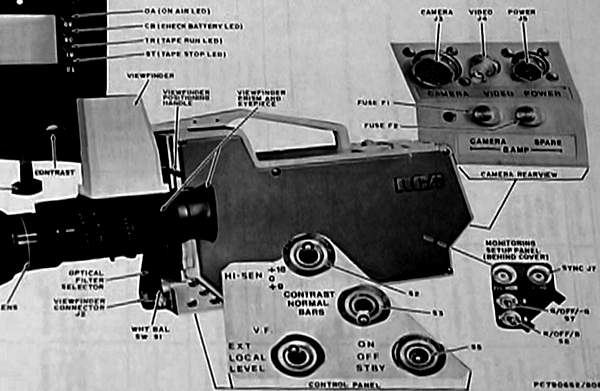





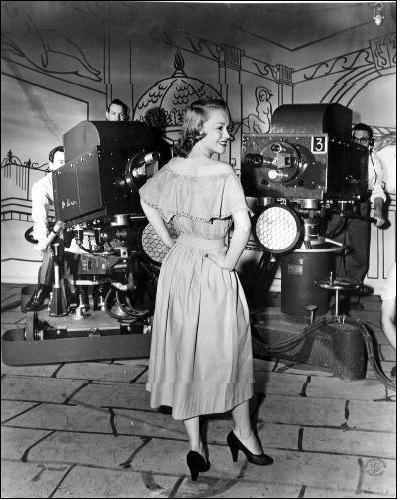

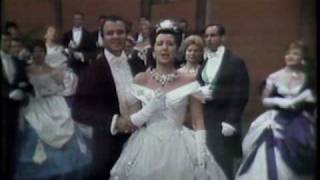



Posts in Category: TV History
Page 123 of 136
« Previous
1
2
3
4
5
6
7
8
9
10
11
12
13
14
15
16
17
18
19
20
21
22
23
24
25
26
27
28
29
30
31
32
33
34
35
36
37
38
39
40
41
42
43
44
45
46
47
48
49
50
51
52
53
54
55
56
57
58
59
60
61
62
63
64
65
66
67
68
69
70
71
72
73
74
75
76
77
78
79
80
81
82
83
84
85
86
87
88
89
90
91
92
93
94
95
96
97
98
99
100
101
102
103
104
105
106
107
108
109
110
111
112
113
114
115
116
117
118
119
120
121
122
123
124
125
126
127
128
129
130
131
132
133
134
135
136
Next » RCA’s Famous ‘Umber Grey’
On December 21, 2012
- TV History
RCA’s Famous ‘Umber Grey’
Before the ‘new look’ in the 60s, all of RCA’s equipment was painted ‘umber grey’. When I found out the official name for the color, I was confused because there is nothing grey about it…it’s brown. When I came across this great true color photo this morning showing the camera’s real colors, I decided to do some digging.
Umber is a natural brown clay pigment that contains iron and manganese oxides. Its name derives from the Latin word umbra (shadow) and was originally extracted in Umbria, a mountainous region of central Italy. It is defined as: Having a brownish color. To darken with or as if with umber. I still don’t understand the ‘grey’ part of the color name, but it is what it is.
CBS employees may argue that their RCA cameras were grey, and they are right. CBS painted their RCA equipment a medium grey and there are two theories why. First, it is said that medium grey is best for color acuity in color tv studios and control rooms. Second, Frank Stanton wanted all the CBS equipment to look uniform and most of all, different than RCA equipment so he ordered it all painted grey. Now you know. Me too. By the way, the camera is an RCA TK11 at WATE in Knoxville, TN.
One Of The First ‘Private Eye’ Shows “Man Against Crime”
On December 20, 2012
- TV History
One Of The First ‘Private Eye’ Shows
This is ‘Man Against Crime’ which starred Ralph Bellamy as Mike Barnett, a New York freelance private eye. This production was broadcast live from 1949 till 1952 on CBS and this studio would have been at the old CBS Grand Central location.
In ’53, the show moved from CBS and changed it’s name to ‘Follow That Man’…it also went to film. Interestingly, ‘Follow That Man’ was broadcast on NBC and Dumont in the 1953 season. In ’54, the show became exclusive to NBC and the last episode aired in 1956.
Dumont: The Start Of WABD, New York
On December 20, 2012
- TV History
Dumont: The Start Of WABD, New York
This photo was taken April 15, 1946 and shows the inaugural broadcast from the new Dumont studio at Wanamaker’s department store in Manhattan. The telecast was fed to Dumont’s W3XWT (WTTG) in Washington for broadcast there, and in Washington, some FCC officials making congratulatory comments were fed back to New York and viewed by the audience here. At the time, only NBC was further along in network transmissions. By early 1947, both the Dumont and NBC flagship stations in NY were presenting a few hours of programming three or four nights a week for local viewers and affiliates in other northeastern cities.
What A Beast…A Philco Built Iconoscope, One of Only Two Made
On December 19, 2012
- TV History
What A Beast…
This 1946 photo shows a Philco built Iconoscope camera at their company owned station in Philadephia, WPTZ. Although Philo Taylor Farnsworth did work for Philco in Philadelphia from 1931 till 1933, it is not known if he had a hand in the building or design of these cameras. The Philco cameras were built for WPTZ use only and were never sold and only a handful were ever made.
Memory Lane…General Hospital, 30th Anniversary Video
On December 18, 2012
- TV History
Memory Lane…General Hospital
Thanks to Father Bob, here’s video that has a good look at the General Hospital set in Studio 54 on the ABC Prospect lot in Los Angeles. I think the cameras are Ikegami 322s.
A Secret About GE and Dumont Cameras…
On December 18, 2012
- TV History
Now This Is Interesting!
Both cameras in this 1949 photo from KLEE in Houston (now KPRC) are GE models. The one on the left is the older of the two and looks almost exactly like the Dumont 124B, complete with the power supply riding on the tripod base. No one seems to know the model number for this camera, but I think the one on the right is the GE PC 8 and notice that it does not have the power supply with the camera. If you wonder why the GE looks so much like the Dumont, it’s because Dumont built the cameras for GE.
The Ampex BCC 10
On December 18, 2012
- TV History
The Ampex BCC 10
Yesterday, I made a comment on the BCC 10 and low and behold, I just found a photo of them at work at KPRC in Houston. I’ve never seen these cameras in a studio, only in catalog photos and that’s probably because so few were made. Only 69 were built between ’78 and ’81 and they sold for about $70,000 each.
Eye Popping: Computer Generated Effects! Must See!
On December 18, 2012
- TV History
Eye Popping: Computer Generated Effects! Must See!
I’ve never seen anything quite so ‘magical’. This level of technology is just amazing! Take a look and share it.
This is CGI at it’s best for TV


Keep the screwdriver handy, you’ll need it again!
On December 17, 2012
- TV History
Keep the screwdriver handy, you’ll need it again!
WOIC-TV (1949–1950)
WTOP-TV (1950–1978)
WDVM-TV (1978–1986)
WUSA-TV (1986-present)
On the other hand, today WEWS in Cleveland celebrates 65 years on the air with the same call letters, same channel and same ownership. Now that’s rare! Congratulations!


An Expensive Hobby…Restoring Early Videotape Machines
On December 15, 2012
- TV History
An Expensive Hobby
Restoring early videotape machines to working order is not small feat, but John Turner does it. Here’s a demonstration of how his RCA TK60 quad machine works.
What Labguy did on his spring break series, first video. John Turner demonstrates the 1969 RCA TR-60 quadruplex broadcast video tape recorder that he has res…
What Does The ‘TK’ On RCA Cameras Stand For?
On December 14, 2012
- TV History
What Does The ‘TK’ On RCA Cameras Stand For?
As most of you know, the TK prefix on RCA camera models began in 1946 with the introduction of the RCA TK30 Image Orthicon camera. Pictured below is one of the very first TK30s delivered to NBC in early June of 1946.
Last night I had a conversation with my friend Lou Bazin who was the lead engineer on the TK44 and TK76 lines at RCA. I asked Lou what the ‘TK’ designation stood for. He said that he had asked the same question many years ago too. He said he never got a clear answer, BUT…it probably stands for Tele Kine.
That had never crossed my mind, but it’s actually a very good answer and here’s why. Over time, references change. For instance, ‘hooking up’ used to mean I’ll meet you later. Now it means having sex. Same for the word Kinescope which started as a noun, but later became a verb.
Before the process of recording the output of a cathode ray tube to film became known as a ‘kinescope’, the term originally referred to the cathode ray tube used in television receivers, and the word kinescope was coined by RCA’s Vladimir K. Zworykin.
As a noun, Kine is defined as: “a cathode-ray tube with a fluorescent screen on which an image is reproduced by a directed beam of electrons”. Tele is defined as: “across a distance”. Combine the two terms and you get the idea of a creation that can make images at a distance. That is in essence, the definition of a television camera.
I can see how, as a quiet tribute to Zworkin and RCA heritage, that the TK designation would be appropriate. The Image Orthicon tubes used in the first TK models, the TK30 and TK10, were revolutionary in their ability to shoot great pictures with much less light…even candle light.
This is as good an answer as I have ever heard, but like many things from that bygone era, we are not really sure of the truth.
WXYZ, Detroit: Suitcases Full Of Money
On December 13, 2012
- TV History
WXYZ, Detroit: Suitcases Full Of Money
Without WXYZ, ABC may not have made it. Lytle Hoover, who was then directing The Soupy Sales Show from there, told me that every Friday morning the GM flew to NYC with a suitcase full of money so ABC could cover payroll checks.
WXYZ-TV began broadcasting October 9, 1948 and was the third of the five original ABC-owned and operated television stations to begin operations, after New York City and Chicago, and before San Francisco and Los Angeles. WXYZ-TV was created out of ABC-owned radio station WXYZ (1270 AM), which produced the popular radio programs The Lone Ranger and The Green Hornet.
In the 1950s WXYZ-TV began producing a series of popular and innovative programs which featured many personalities from WXYZ radio. The station’s success generated revenues large enough that it helped keep the then struggling ABC network afloat during the 1950s.
WXYZ began broadcasting in color in 1964. By 1978, WXYZ-TV was the second most-dominant television station in the United States in local viewer ratings, no doubt attributed to ABC’s prime-time ratings dominance and the continued success of Channel 7 Action News with lead news anchor Bill Bonds. In 1979, ABC named Jeanne Findlater as WXYZ’s general manager. She was the first woman to hold that title at a large market television station.
Roll The Credits…Literally
On December 12, 2012
- TV History
Roll The Credits…Literally
Here’s the way the closing credits were done in the old days. White text on black scroll was fixed to a large wheel. Some were hand cranked and others had a variable speed electric motor. This shot from Radio Canada has a Marconi Mark II ready to shoot when the credits roll.
The RCA TK76 and PM Magazine
On December 11, 2012
- TV History
The RCA TK76 and PM Magazine
It is no small coincidence that both launched in 1976. PM originally started in San Francisco on KPIX as Evening Magazine and was created to run as a local program in the half hour preceding prime time. A new FCC ‘Prime Time Access’ rule, prohibited stations in the top 50 markets from accepting network programming, other than network news before prime time in order to ‘serve the local market’.
By ’78, The PM format became syndicated by Group W (Westinghouse), and was built to feature local stories shot on location on videotape. Before the TK76 ENG (Electronic News Gathering) camera came along, this would have not been a viable show because it would involve either bringing studio cameras to the field or using film. When the TK76 came along, so did news vans equipped with video tape like the RCA TPR 10. By ’77 RCA had the first helical scan machines ready…the HR 400 and TH 100 in ’78.


Drew Plays With “Price Is Right” Cameramen
On December 11, 2012
- TV History
No Doubt About It.
What we have here in Studio 33 at Television City are Sony EFP (Electronic Field Production) kits. The cameras are most likely Sony 1500 HDs. They are using the Sony Large Viewfinder Adapter build up kit, model HDLA1507US. For more on the technology, go to the link. Thanks to Father Bob yet again for the video.
Drew decides to stand on the base of camera 2 while the contestants bid on a price (3/16/09)


Joey Bishop Show’s GE PE 350 Cameras
On December 10, 2012
- TV History
Joey Bishop Show: Vine Street Theater
At the top of the video, you can see a couple of the GE PE 350 cameras on the set. In ‘Recent Posts By Others’ there is another short clip from this same episode that has a quick glimpse of the cameras. If you watch the rest of this, you’ll see that Joey and side kick Regis Philbin have a very natural patter. Good match. Thanks to Father Bob for both videos.
The opening minutes of a Bishop show episode that features Sammy Davis as the central guest. Here Joey and sidekick Reege talk about their new Nehru jackets …
NBC Color Girl, Marie McNamara
On December 10, 2012
- TV History
NBC’s Color Girl
Last week we touched on the color camera development at The Colonial Theater in NYC, but before that, there was experimental color testing from Studio 3H at 30 Rock with the experimental ‘coffin’ cameras. There was experimental color from the Washington DC Windham Hotel studios, but no “color girl”. Marie was hired in NY for color test in 3H and later at the Colonial Theater. Shooting here was all about her skin tone, blue eyes and red hair. These cameras with their viewfinders probably weighed around 400 pounds each. The TK40/41 production models weighed 375.


Rare Color Clips From The Early 60s
On December 9, 2012
- TV History
The Beautiful Color Of The RCA TK41
In this series of clips, you can see the rich colors and hues that the TK41 gave us along with great blacks. The editing leaves a lot to be desired, but the point is the pictures. The spelling tells me this is was done by someone outside the US which is yet another tribute to the TK41.
This is a compile of rare colour television show excerpts dating from 1958 to 1966 shot on the first colour camera the RCA TK-41. These excerpts come from va…


David Letterman…Backstage In Studio 6A Video
On December 8, 2012
- TV History
VERY COOL!
You’ll feel like Johnny Carson or David Letterman making their grand entrance into NBC Studio 6B! Great camera work on this rare piece from one of Dave’s first shows. ENJOY and Share! Thanks to Father Bob!
This is from one of Dave’s first NBC shows, featuring a cameo from Larry “Bud” Melman, Mr. Calvert Deforest, himself. This is Dave at his irreverent best.
Page 123 of 136
« Previous
1
2
3
4
5
6
7
8
9
10
11
12
13
14
15
16
17
18
19
20
21
22
23
24
25
26
27
28
29
30
31
32
33
34
35
36
37
38
39
40
41
42
43
44
45
46
47
48
49
50
51
52
53
54
55
56
57
58
59
60
61
62
63
64
65
66
67
68
69
70
71
72
73
74
75
76
77
78
79
80
81
82
83
84
85
86
87
88
89
90
91
92
93
94
95
96
97
98
99
100
101
102
103
104
105
106
107
108
109
110
111
112
113
114
115
116
117
118
119
120
121
122
123
124
125
126
127
128
129
130
131
132
133
134
135
136
Next »